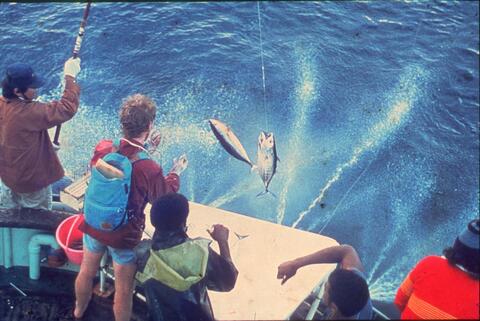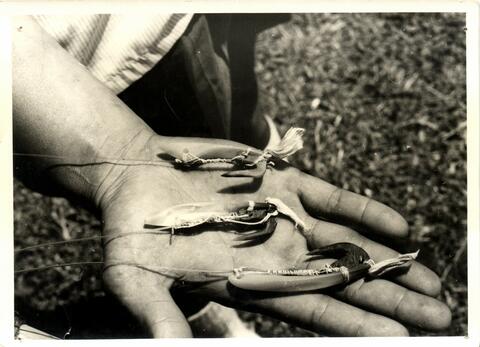The Pacific Community, or the South Pacific Commission (SPC) as it was previously known, has been involved in the Pacific Islands fisheries sector since the first SPC technical meeting on fisheries in 1952 defined specific areas requiring regional attention. In its early days there was little in the way of information on which to base national and regional fisheries development projects and so SPC’s role was to compile this information. Research quickly diversified into direct development support, with the setting up of national fisheries services.

The 1970s saw a significant development in Pacific industrial tuna fisheries, which had quadrupled in size during the decade. Around this time the 200-mile exclusive economic zones (EEZs) were declared (United Nations Convention on the Law of the Sea) and the Fisheries Forum Agency (FFA) was set up to help Pacific Island countries to manage their fisheries resources within their EEZs. SPC was instrumental in underlining the importance of these fisheries, through the Skipjack Survey and Assessment Programme (SSAP), and in laying the groundwork for the establishment of the FFA.
SPC became more active in Pacific Island coastal fisheries development during the 1970s. The Outer Reef Artisanal Fishing Project (ORAF), which provided practical support for deep reef-slope fishing development, evolved into the Deepsea Fisheries Development Project in 1978.
Oceanic Fisheries Programme history
Recognising the need to increase knowledge on the status of Pacific skipjack resources, SPC convened the "Expert Committee on Tropical Skipjack" in Papeete in 1974. The committee’s recommendation for a regional tagging programme for skipjack was widely endorsed resulting in the establishment of SPC’s SSAP with funding from New Zealand, Australia, France, Japan, the UK, and the US.
The first tagging cruise took place in October 1977, and over the next three years, the programme tagged 160,276 fish, far beyond the original projections, and visited every SPC member country. In 1981, the programme changed its name to the Tuna Billfish and Assessment Programme (TBAP), and in 1994 it became the Oceanic Fisheries Programme (OFP). The OFP has continued to build on the foundations of these successful programmes to expand the knowledge base for Pacific Island fisheries.


